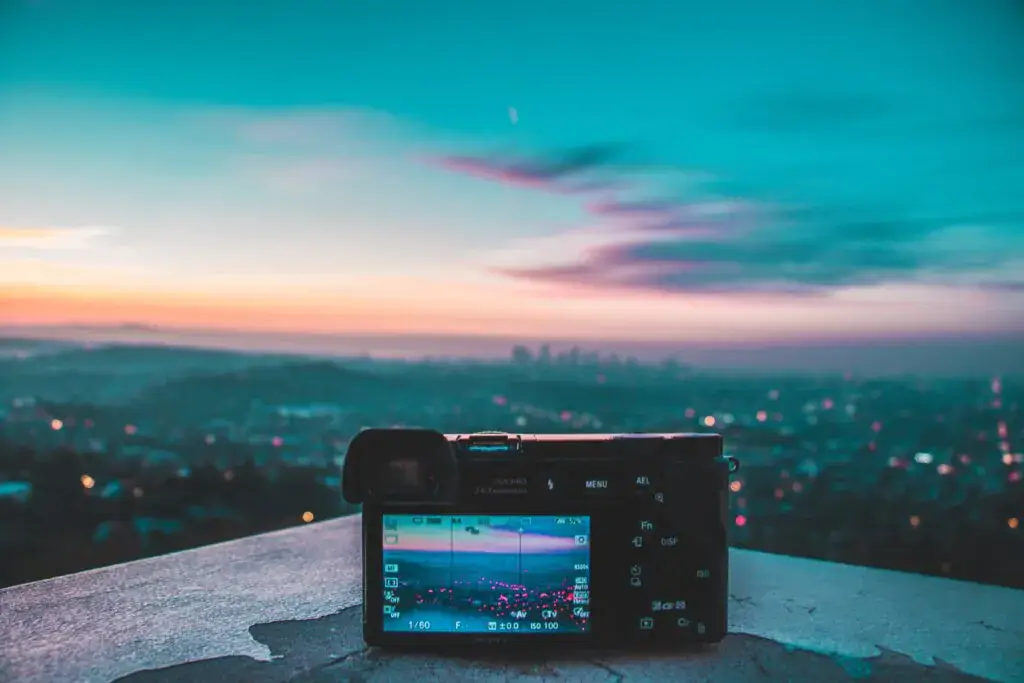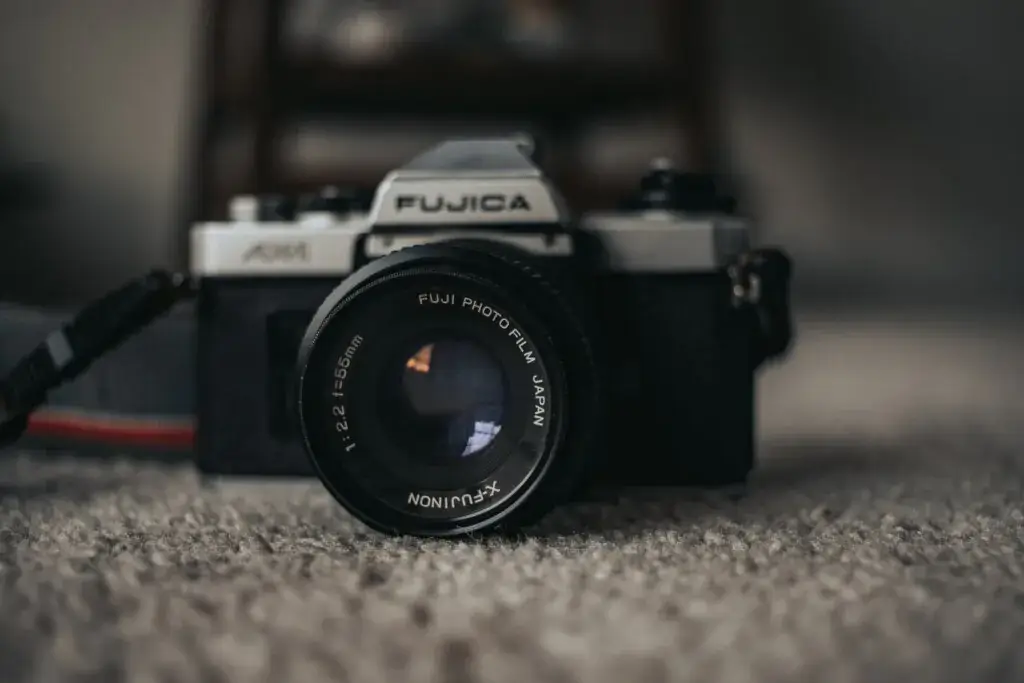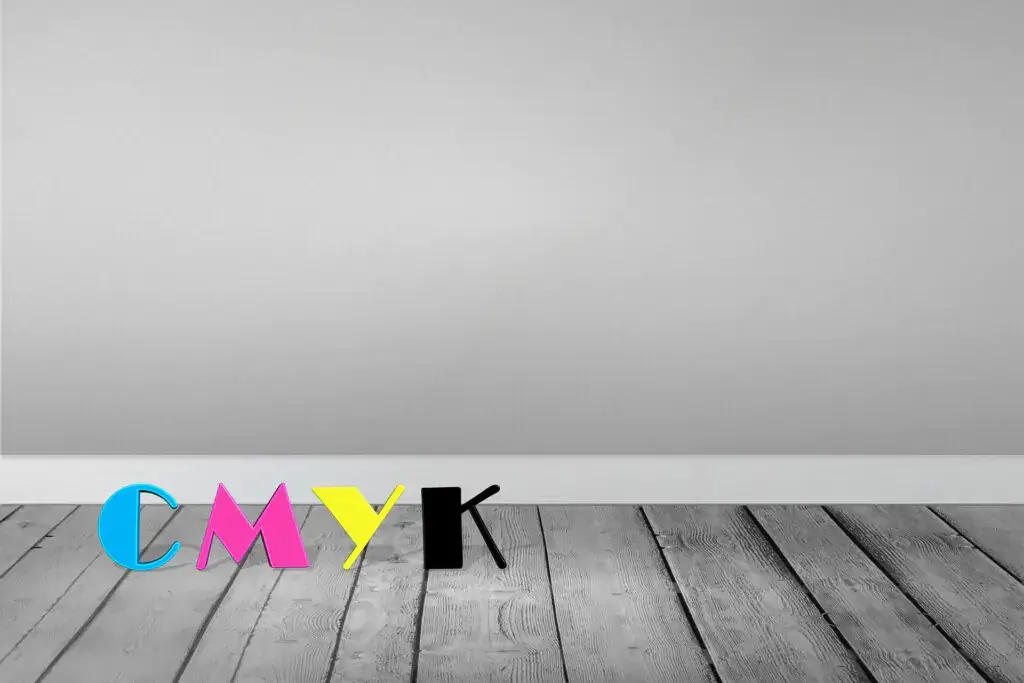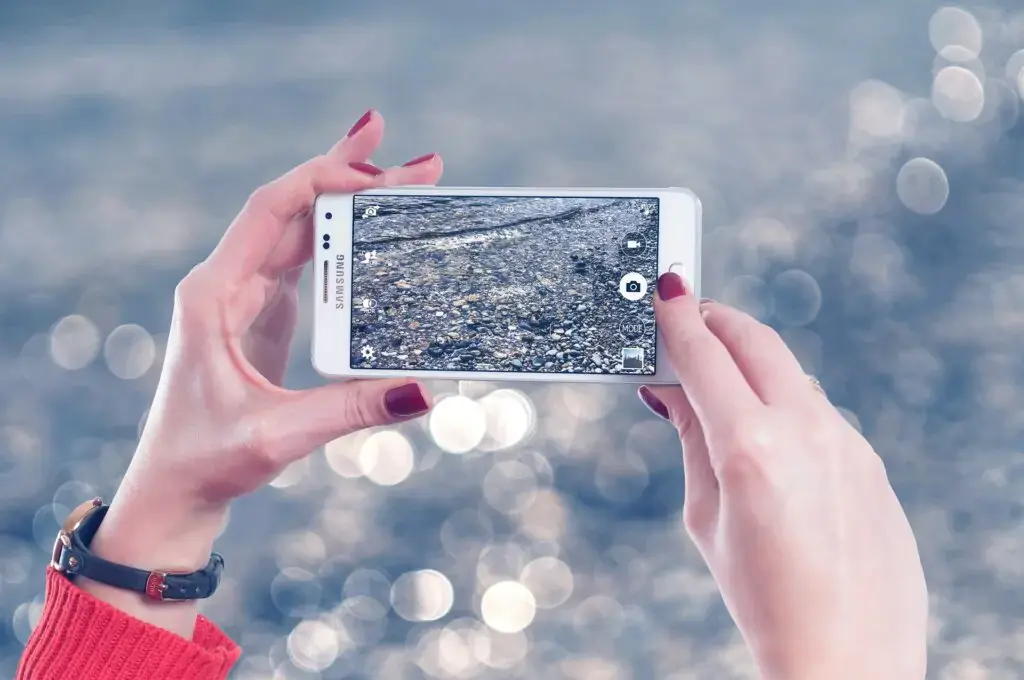 Article
ArticleLight in photography, or how to add some magic to your photos using science
Light gives the atmosphere of a photograph, allows you to bring out the most important elements and create a certain impression in the viewer. Thanks to it, the photo becomes three-dimensional and dynamic or flat, lacking depth. Therefore, it is worth knowing how to properly use the different types of light to achieve the desired effect.
Sources of light in photography
The classification of light sources in photography should start with the ambient light, the source of which can be UV rays or artificial lamps. This is the lighting that the photographer encounters in a particular scene without making individual changes. It is worth pointing out that the foundational light excludes the use of flash. This applies to both indoor and open-air sessions.
Another distinction used in photography is natural light and artificial light. The former is generated by the sun’s rays. The source of artificial light, on the other hand, can be lamps, candles, LEDs, etc. Why is all this important? Because each type of light has its own color temperature, which allows you to create the right atmosphere for the session. It also affects the viewer of the photograph. After all, when looking at a photo taken, one may feel anxiety, joy or uncertainty.
Warm colors (up to 3000 K) are conducive to calming emotions and relaxing the senses. Neutral colors (up to 4000 K) are associated with stagnation, and do not induce over-stimulation or soothing. Cold lighting (above 5000 K), on the other hand, intensifies a person’s stored energy, stimulating thinking.

Warm light colors

Cold color of light
Types of light used for taking pictures
Light in photography also has specific categories. We can observe transmitted light when it is emitted from the source. This means that we are able to identify the light source directly in the photo. For example, it could be candles or even sunlight. It is also light that has to pass through something before it reaches the object. Such a material is glass or water. Reflected light, on the other hand, is reflected from the surface of the object. Virtually all photographs use this effect.
Sometimes we can see both transmitted and reflected light in a single shot. For example, a photo of a landscape with the setting sun may show both light that passes through the atmosphere and light reflected from the surface of the earth. On the other hand, if the sun was not directly visible in the photo, we would then speak of reflected light alone.

Reflected light
Another division indicates hard light and soft light. Hard light is characterized by distinct shadows and high contrast, which creates more dramatic and sharp images. This is the type of light that comes out of a weak source, such as an incandescent bulb. The resulting shadows are sometimes deep and expressive. Hard light is useful for enhancing the textures of objects if the photographer can control it.
Soft light comes from a source that appears large when viewed from the perspective of the subject. It creates soft transitions between lighted and shadowed areas, making the contrast low. For example, on a cloudy day, when the sun is hidden, we are dealing with soft light. Clouds scatter the light, making it cover a much larger space, making it then seem like a larger source of light.

Hard light
The most favorable direction of light
The direction of light in photography is of great importance, because it affects the entire photo. How is it divided? Frontal light comes out from behind the photographer’s back. The person posing in front of the frame has no visible shadows on his or her face, so the photo lacks a three-dimensional effect. The front light has many disadvantages for both the viewer of the photograph and the model himself. Here you can’t see depth, dynamics, and posing with a strong lamp is very hard on the eyes.
Its opposite is a photo with back light, which is emitted by either the sun or an artificial source behind the model or subject being photographed. The use of such direction requires a lot of skill, since the main element of the photo remains in deep shadow. Thus, if the photographer wants a strongly lit subject, the background will be deprived of detail. In the case of the opposite procedure, only the outline of the model’s silhouette will be visible, with the scenery behind his back highlighted.

Back light
Finally, it is worth mentioning the side light in photography, which is most appreciated by camera users. Its source can be rays, coming through a window, located on the right or left side of the poser. The model is then partially illuminated and shaded at the same time, making the photo appear three-dimensional. The biggest advantage of sidelight in photography is its versatility – it works well in any setting.

Sidelight
Light in photography can be categorized with many criteria in mind. Moreover, what seems like a disadvantage to one may become an advantage to another. Therefore, it is worth remembering to play with lighting, using its characteristics in several ways. Who knows what kind of light will become your ally?
 PL
PL



